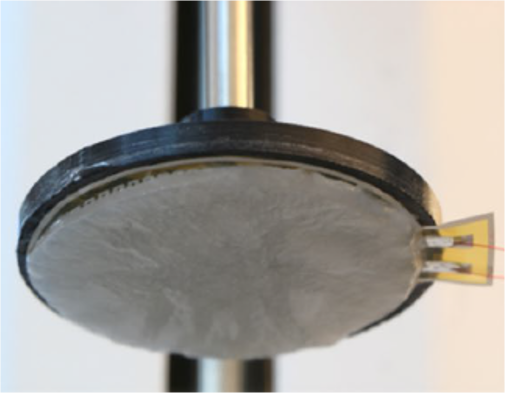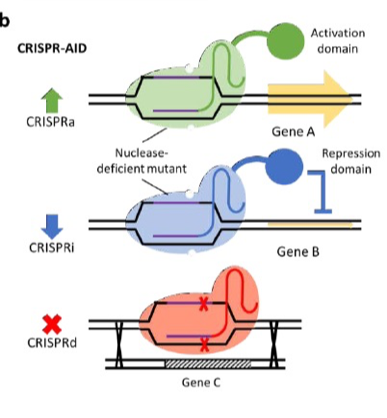Cellular Engineering
| Latest Innovations | ||
|---|---|---|
|
||
|
||
|
Dr. Zhao from the University of Illinois at Urbana-Champaign has developed a novel method for combinatorial genome... |
Dr. Zhao from the University of Illinois at Urbana-Champaign has developed a novel method for combinatorial genome editing in yeast. With the use of CRISPR-AID technology targeted genes can be simultaneously upregulated, downregulated, and deleted allowing discovery of synergistic effects to enhance strain phenotypes. Utilizing this technology will allow fast generation of novel strains suited to industrial applications. In addition Dr. Zhao has generated novel CRISPR constructs optimized for CRISPRa and CRISPRi applications for use in yeast. This is the first use of orthogonal CRISPR strains in yeast and will greatly expand the toolbox for yeast genome engineering.
|
CRISPR-SKIP System to Modulate Expression of Exons & Improve Cellular Delivery of DNA Editing Systems
End-Modified Double-Strand DNA Donors for Clone-Free & Selection-Free Gene Knock-In in Mammalian Cells Lines

GLIMPSe: Generalizable Light Modulated Protein Stabilization System
Dr. Zhang from the University of Illinois has invented a generalizable optogenetic system for post-translational knock-in of a target protein, GLIMPSe. GLIMPSe offers...
Dr. Zhang from the University of Illinois has invented a generalizable optogenetic system for post-translational knock-in of a target protein, GLIMPSe. GLIMPSe offers bidirectional control over post-translational protein activity with high spatiotemporal resolution. GLIMPSe works by fusing the target protein with a protease recognition site (tevS), a photosensitive caging molecule (eLOV), and three degradation sequences. GLIMPSe also involves connecting TEV protease with LEXY, a light-sensitive nuclear export signal molecule.
When there is no light exposure, degradation sequences tag the target protein for degradation. When there is light exposure, the nuclear export signal on LEXY is exposed, allowing TES to be exported from the nucleus. Also, upon exposure to light, tevS is exposed by eLOV, allowing TEV to cleave the degradation sequence from the complex, stabilizing the target protein.
Primary Application: Optogenetic neuroscience research
Benefit: Provides bi-directional control of protein dynamics with high spatiotemporal resolution

Electrothermal Manipulator for Thin Films
Dr. Hyunjoon Kong has developed an electrothermal manipulator for fragile, thin films. The device allows thin materials to be moved without comprising their integrity and...
Dr. Hyunjoon Kong has developed an electrothermal manipulator for fragile, thin films. The device allows thin materials to be moved without comprising their integrity and is a more versatile method than existing ones. It can be used in the transport of cell sheets and thin electronics. It can also be used in both wet and dry conditions. It may be used for biomedical tissues and cell sheets, as well as ultra-thin electronic materials.


Split Prime Editing Platforms
Dr. Thomas Gaj has developed a novel prime editor based on a Staphylococcus aureus Cas9 ortholog. Furthermore, he has developed split intein versions of the prime editing...
Dr. Thomas Gaj has developed a novel prime editor based on a Staphylococcus aureus Cas9 ortholog. Furthermore, he has developed split intein versions of the prime editing tools that are small enough to be dual-delivered in adeno-associated viruses, an FDA-approved vehicle for therapeutic use. This invention has been shown to improve targeting capability of the prime editors by several fold. Prime editors have recently shown great promise as gene editing tools with greater specificity and fewer off-target effects than existing CRISPR-Cas based methods. This technology has potential as a research tool as well as a therapeutic strategy.



